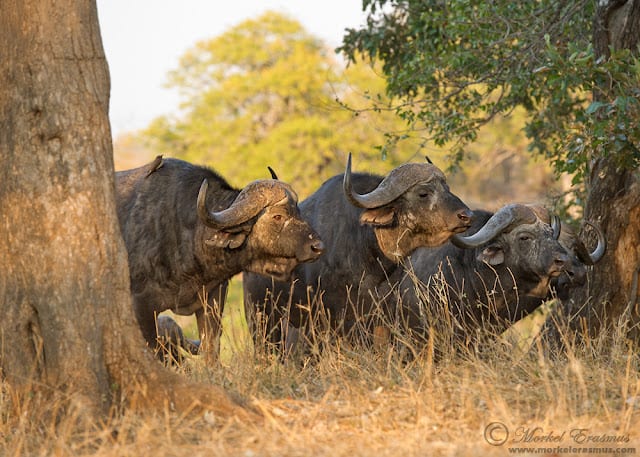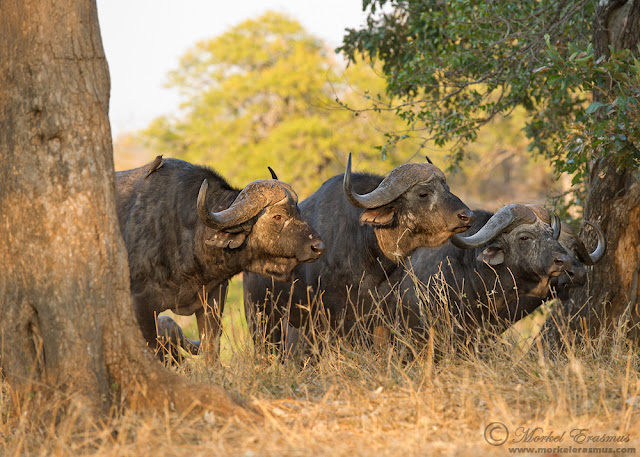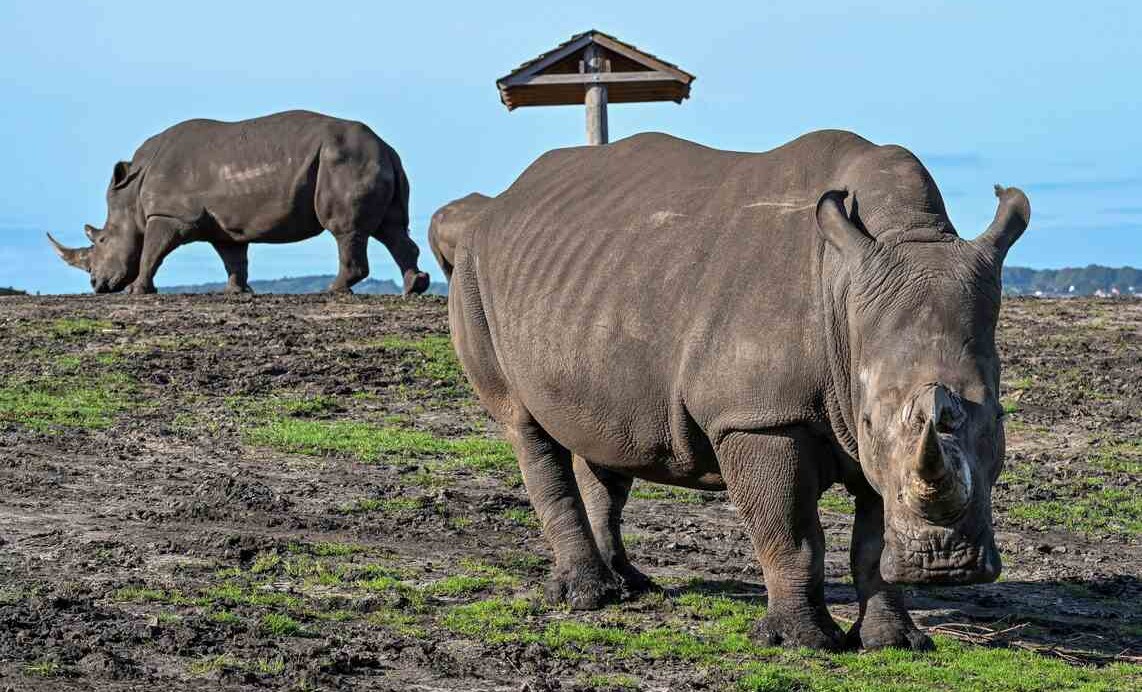During my (relatively short, I might add) lifetime I have had the privilege of visiting the majority of South Africa‘s national parks and game reserves. What a wealth of natural heritage we possess!
When people from abroad look at some of the work in my photographic portfolio, they are amazed at the diversity of wildlife and landscapes that we have ‘on our doorstep’, so to speak. We need to appreciate it, conserve it and foster a love for this natural heritage among all South Africans from all walks of life.
If we don’t, we might just lose it before our children have the chance to see what we see now. Many iconic species of fauna are already at risk (think rhinos and wild dogs), and the constant threat of mining and industrial development in areas of pristine natural beauty is something that won’t go away soon.
Here are some scenes from a couple of well-known and lesser-known parks and reserves that are both accessible for people who self-drive and self-cater, and reasonably affordable.
Kruger National Park
A herd of buffalo on the Mphongolo River near Punda Maria in the Kruger National Park.
Everybody’s favourite reserve, this park spans a massive 2-million hectares (approximately) and contains beautiful scenery and fauna. The southern region is very popular and therefore can get very crowded. I prefer to visit the quieter and more scenic northern regions – and if you search my blog you will find numerous posts about my forays in to this iconic national park.
A young spotted hyena in the rain in the Kruger National Park.
Kgalagadi Transfrontier Park
A black-maned Kalahari lion strides across the vast expanse of the Kgalagadi.
If you are a keen wildlife photographer there is no better place, in my opinion, than the Kgalagadi. Remote, arid and teeming with life, this is a place where silence and serenity seep into your soul. This park is situated in the Kalahari desert, with wide open spaces and red soil. My blog archives have extensive posts and images from this place, as it’s a favourite of mine.
A cheetah family playing on the red dunes of the Kgalagadi
Golden Gate Highlands National Park
A grand view over the sandstone formations of the Maluti mountains in the Golden Gate Highlands.
The jewel of the Eastern Free State, this park encompasses iconic sandstone formations, the Maluti Mountains, and a wide array of life forms like zebras, black wildebeest, many birds and small mammals, reptiles and insects.
The ungainly secretary bird – this one took off on the slopes of the Maluti mountains in the Golden Gate Highlands.
Mountain Zebra National Park
Cape mountain zebras – endangered but recovering well thanks to the MZNP.
This relatively unknown gem is a wonderful place to experience the Karoo as it once was – recent re-introduction of cheetahs and lions has made for an even bigger drawing card. It’s got amazing backdrops and vistas, and the sense of space and solitude that is so typical of the Karoo.
Two blesbuck males duel at dawn on the escarpment of the MZNP.
Addo Elephant National Park
Two young elephant bulls test their strength at a waterhole in Addo.
Sporting the Big 5 (Big 7 if you count the great white shark and the Southern right wale in the ocean section), in a malaria free zone and close to the Port Elizabeth airport, this is a popular destination for people visiting the Cape area and wanting to add a wildlife experience.
Pilanesberg National Park
A pied kingfisher landing on a branch next to the Mankwe dam in Pilanesberg.
Though this park doesn’t fall under the mantle of the South African National Parks, it’s sometimes called a national park and is a very popular destination for nature lovers close to Gauteng. Besides hosting the Big 5, the Mankwe Dam, with its large bird hide, is popular among birders and bird photographers.
I hope that this quick overview has inspired you to visit more of the well-known and lesser-known wilderness areas left in our country. Get out, explore, photograph, conserve, and communicate!
Morkel Erasmus
I used to relish writing these kinds of “bio” pieces and would flaunt the odd impressive word and use dashing grammar to make it sound like I am a boundary-shifting photographer. These days I prefer stating it in much simpler ways, much more relatable ways, much more believable ways… The fact of the matter is this: I love Africa. I love its people, its wild places and its wildlife. I love being immersed in these places, observing and photographing the fall of light on the land and the daily lives of the creatures that call it home, and presenting the results to whoever will take a look. To me, nature photography is all about being in the moment, and capturing that moment in a way that can relate to someone who didn’t have the privilege of being there with me. Sometimes I am able to capture a unique vision of the scene before me, and sometimes I just capture it the way most folks would according to classical photographic guidelines. Yet I always enjoy sharing the images and experiences and imparting the knowledge I have, both in-the-field and later online or in presentations, workshops and courses. I also just simply enjoy capturing and sharing the beauty of God's creation! The greatest thing I’ve found about wildlife and nature photography in Southern Africa is the unity and familiarity of the community of people that share this passion. We come from all walks of life and all cultures and backgrounds, yet our passion for our natural heritage and our dream to see it preserved for future generations binds strangers together and fuels conversations around campfires long after other people have run out of conversation and energy. Join me on a WildEye adventure to experience this sharing community spirit and learn to anticipate that fleeting moment and be ready for it, learn to immerse yourself in the experience without losing focus of your photographic goals…and above all, learn to see Africa anew… because there are none as blind as those who look but do not see!
- Web |
- More Posts(111)















Leave a Reply